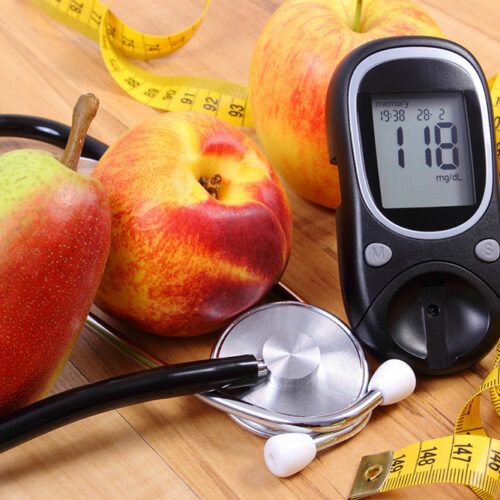5 types of clothing that can affect one’s health

Clothes do more than just enhance one’s look – they protect the body from external factors and provide warmth and comfort. Thus, while shopping for outfits, it is important to consider not only the esthetic appeal but also the fit, durability, comfort, and texture. With a variety of outfits available today, fashionistas are spoilt for choice in every outfit category. In this scenario, it makes sense to avoid certain types of clothes that may affect one’s overall health: Underwire bras Although underwire bras are intended to uplift and support the breasts, these bras increase one’s risk of skin conditions like rashes and fungal infections. They can also cause problems like chest and neck pain and block milk ducts among lactating mothers. Hence, it is advisable to limit the use of underwire bras, replacing them with comfortable wireless cotton bras, bralettes, and sports bras, among other options. Tight jeans Skinny jeans may accentuate one’s figure and enhance one’s appeal, but their continuous friction with the skin may cause potential skin problems like rashes. Moreover, tight jeans can prevent blood circulation and trigger nerve and muscle damage. Trying alternative types of trousers, such as palazzos, capris, and culottes, is a good idea.






